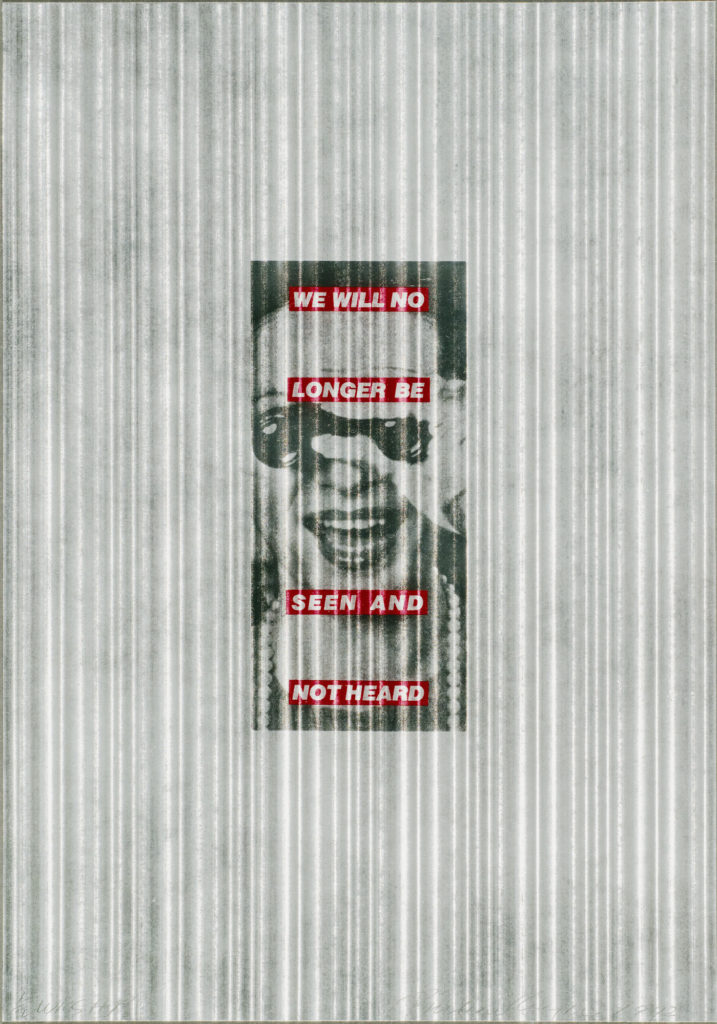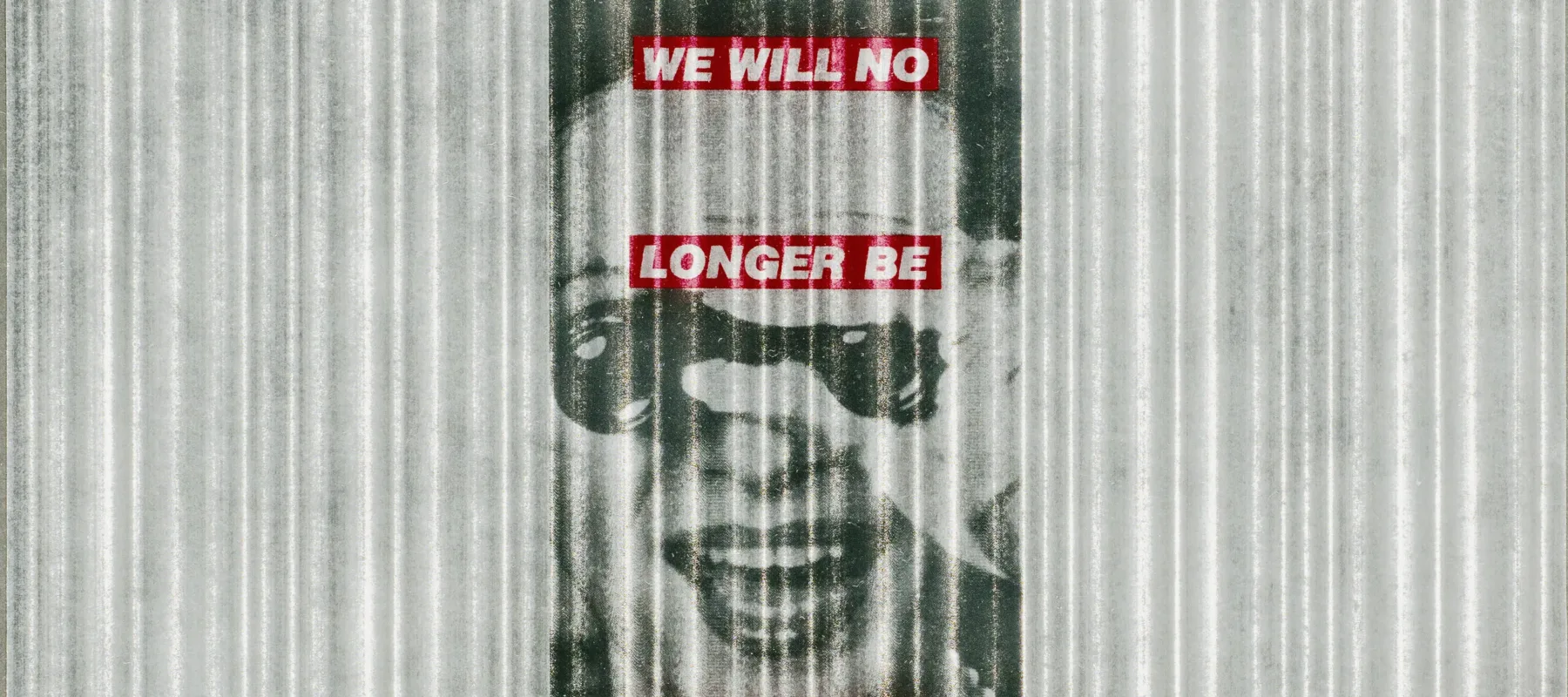In 1971, art historian Linda Nochlin penned the essay “Why Have There Been No Great Women Artists?” The now-famous piece interrogated the systematic obstacles that have prevented women from succeeding in the arts. This year, on the heels of the 2019 Oscar nominations—in which no women directors were nominated—a similar question arises: why have there been no great women directors? In 91 years of Oscar history, only five women have been nominated for Best Director, and only one, Kathryn Bigelow, has ever won. The lack of recognition reveals the systematic gender bias prevalent in the film industry.
In a culture dominated by the white male viewpoint, films made by women offer an important, alternative perspective. In Mary Queen of Scots (2018), starring Saoirse Ronan and directed by Josie Rourke, Rourke revisits “history from a female perspective. We’ve not been telling the historical stories of women very well.” Indeed, the representation of women in film has historically been from a male perspective. Film theorist Laura Mulvey’s term “male gaze” reveals the dynamic: women are passive objects who are being looked at, while men are active, seeing subjects who construct the female image to please the male viewer.
Using Visual Culture to Challenge Visual Culture

Artist Barbara Kruger (b. 1945) has challenged dominant modes of representation in her work since the 1970s. By using found images and incorporating provocative slogans in bold letters, she draws attention to how visual culture shapes our perception of gender, and how it reinforces a binary gender system that objectifies women. In the context of the Oscars’ gender inequity, Kruger’s work can be seen as an amplification of the voices of women.
In Untitled (We Will No Longer Be Seen and Not Heard) (1992), currently on view at NMWA, Kruger plays with the gendered dichotomies of passivity and activity. The piece comprises a photograph printed on aluminum, overlaid with lines of text in white-on-red strips. The picture is cropped tightly on the face of a laughing woman. She holds what appears to be opera glasses and looks through them at the viewer. The statement, printed in bold letters, suggests that women want to be the makers of their own image. “I see my work as a series of attempts to ruin certain representations, to displace the subject, and to welcome a female spectator into the audience of men,” Kruger has said.
The white male viewpoint has historically defined Western visual culture: from painting to photography, to film. As the Oscars demonstrate, the only way to change the status quo is to let women author their own stories, and make their own images.
